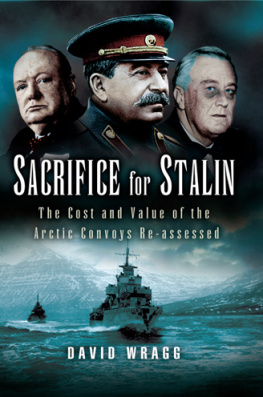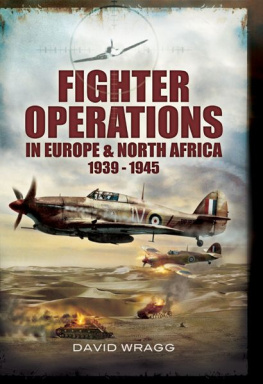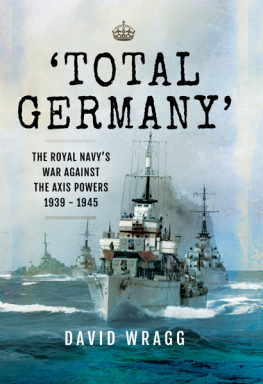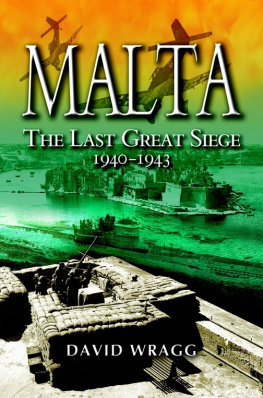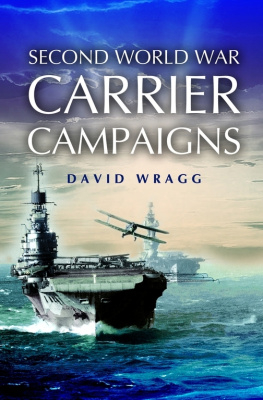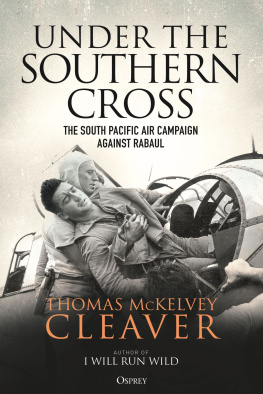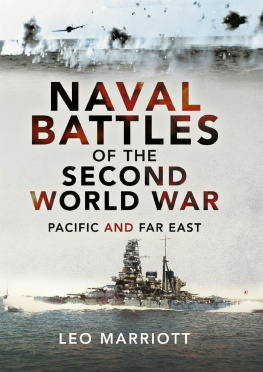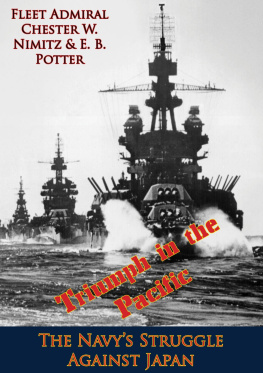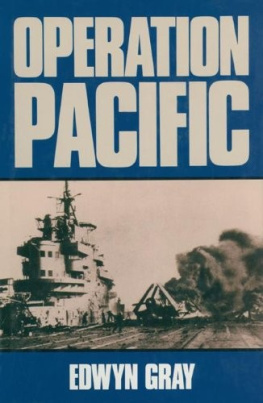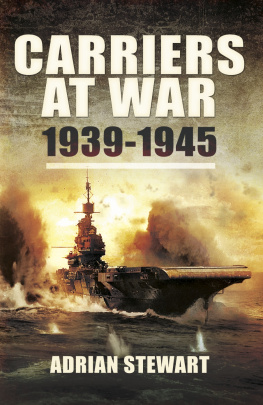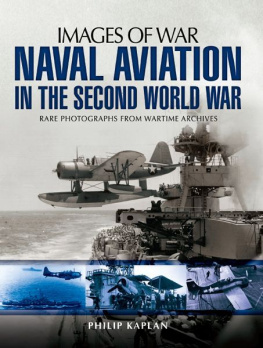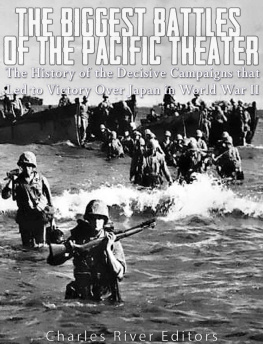

First published in Great Britain in 2011 by
PEN & SWORD MARITIME
An imprint of
Pen & Sword Books Ltd
47 Church Street
Barnsley
South Yorkshire
S70 2AS
Copyright David Wragg, 2011
ISBN 978-1-84884-283-0
ISBN 978-1-84468-263-8(ebook)
The right of David Wragg to be identified as the author of this work has been asserted by him in accordance with the Copyright, Designs and Patents Act 1988.
A CIP catalogue record for this book is available from the British Library
All rights reserved. No part of this book may be reproduced or transmitted in any form or by any means, electronic or mechanical including photocopying, recording or by any information storage and retrieval system, without permission from the Publisher in writing.
Typeset by Concept, Huddersfield, West Yorkshire Printed and bound in England by CPI UK
Pen & Sword Books Ltd incorporates the Imprints of Pen & Sword Aviation,
Pen & Sword Maritime, Pen & Sword Military, Wharncliffe Local History,
Pen & Sword Select, Pen & Sword Military Classics, Leo Cooper,
Remember When, Seaforth Publishing and Frontline Publishing
For a complete list of Pen & Sword titles please contact
PEN & SWORD BOOKS LIMITED
47 Church Street, Barnsley, South Yorkshire, S70 2AS, England
E-mail: enquiries@pen-and-sword.co.uk
Website: www.pen-and-sword.co.uk
Contents
As always, an author is forever indebted to those who have helped in his researches and in the provision of illustrations, as well as those who have left a written record of their experiences. These include the late Norman Hanson, whose book Carrier Pilot is among the best accounts of war in the air and at sea, as well as Cappy Masters and C.S. Bill Drake.
David Wragg
Edinburgh
1 September 2010
On the morning of 7 December 1941, an American destroyer detected a submarine and mounted a successful depth-charge attack, reporting the incident to the US Pacific Fleets headquarters at Pearl Harbor on the Hawaiian island of Oahu. Further west, at 01.15 hours local time, Japanese warships had begun to bombard the coast of Malaya close to the border with Siam, now Thailand, at Kota Bharu, ready for the invasion by Japanese troops.
The Second World War had reached the Pacific.
Ten days earlier on 27 November, the day after Japans request for recognition of the status quo in Asia was rejected, Admiral Harold Stark, the USNs Chief of Operations, signalled to Admiral Thomas Hart, in command of the US Asiatic Fleet and Admiral Husband Kimmel, in command of the US Pacific Fleet:
This dispatch is to be considered a war warning. Negotiations with Japan looking for stabilisation of conditions in the Pacific have ceased. An aggressive move by Japan is expected within the next few days Execute appropriate defensive deployment
The Japanese fleet was already at sea, heading for Pearl Harbor. It had sailed even before negotiations had broken down.
Stark had earlier warned his fleet commanders on 24 November that the diplomatic situation was deteriorating, and he had warned Hart and Kimmel then that an attack was to be expected, but the nature of the attack and the target were both left unspecified. Starks own view was that either Guam or the Philippines would be the initial target. No one took the idea that the Japanese would attack Pearl Harbor seriously. Again, on 27 November, Stark considered the Philippines, Siam or Borneo as the most likely targets. In Hawaii, Kimmel thought that the Japs would never sail into us.
All this was disproved when war in Europe became a world war on 7 December 1941 after Japanese carrier-borne aircraft struck at the United States Pacific Fleets base at Pearl Harbor, forcing the United States to declare war on Japan, a move that was followed by Germany declaring war on the United States.
The attack came at a time when Allied morale was low and the war was not moving in their favour, but at the time the Allies were really only the United Kingdom, her dominions and colonies, and the free forces who had reassembled to continue the war in Great Britain after their own countries had been overrun by the rapid advance of the Germans in spring 1940. In North Africa, British ground and air forces were fighting to protect the Suez Canal, while the island of Malta was all but cut off. At sea, the Battle of the Atlantic was reaching its height, and 1942 was to see greater losses of British merchant shipping to German U-boats than had been the case the previous year. There had been little good news at sea, apart from the sinking of the Graf Spee in late 1939, the daring attack on the Italian Fleet at Taranto in November 1940, and the sinking of the Bismarck the following May. The aircraft carriers Courageous and Glorious had been lost as had the still new Ark Royal, while the battleship Royal Oak had been sunk early in the war in the supposedly protected anchorage of Scapa Flow on Orkney.
If the German advance into Scandinavia and then into the Low Countries and France had been impressive, it was as nothing compared to the speed and scale of the Japanese. Within a few short months, Japanese forces had occupied a massive area as far west as Malaya and Singapore, some 3,000 miles from the Japanese home islands, and had engaged with Allied forces in Burma and New Guinea. While the United States reeled from the shock of the surprise attack, for the United Kingdom, the loss of both Malaya and Singapore was one of the most devastating blows of the Second World War. During early 1942, the risk that Australia and New Zealand would be cut off from the Mother Country and even from the United States came perilously close.
Despite promises between the two world wars that should they be threatened by Japan, the United Kingdom would send a strong fleet to protect Australia and New Zealand, by the time the threat materialised, the Royal Navy was in no position to fulfil this promise. The few ships that could be sent arrived without air cover and were soon added to the growing losses of British warships.
The Pacific Naval War 19411945 is an account of the war between the Allies and the Japanese. This was primarily a naval war as sea power allowed the Japanese to mount their attack on Pearl Harbor and then advance westwards and southwards, and it was sea power that enabled the Allies to strike back and even take the war to Japan itself. The tide turned very quickly, with the overwhelming US victory at Midway in June 1942 ending any hope of Japanese victory, and eventually saw the greatest naval battle in history at Leyte Gulf as American forces retook the Philippines.
The book begins by setting the scene in the Far East and the decisions that led Japan into war, and also by looking at the situation faced by the Royal Navy elsewhere, with its initial heavy losses of major ships and especially aircraft carriers. Yet, within a couple of years, the Royal Navy was able to send the strongest and most balanced fleet in its history to the Far East and played a major role in attacking Japanese oil production and in preventing reinforcements being flown from Japan to Iwo Jima and Okinawa. The conflict also saw the Royal Australian Navy develop from a small force designed to support the Royal Navy in the southern hemisphere into a viable naval force in its own right and ready to become a balanced fleet in the immediate post-war years. The progress of the war is supported by eye-witness accounts from those involved in the fighting at sea.
Next page

